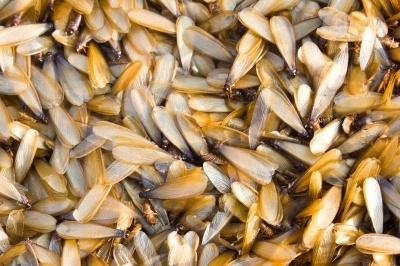
The search for novel insecticides from natural sources continues apace and Coleus amboinicius may be the answer.
Chemical assessment on the leaf essential oil of Coleus amboinicus by gas chromatography (GC) and gas chromatography-mass spectrometry (GC–MS) methods highlighted six components, accounting for 97% of the total oil. The major component was thymol (94.3%), then carvacrol (1.2%), 1,8-cineole (0.8%), p-cymene (0.3%), spathulenol (0.2%), terpinen-4-ol (0.2%) and an unidentified component (1.4%) (Singh et al., 2002).
The oil killed white termites (Odontotermes obesus Rhamb.) with a 100% mortality rate at a dose of 2.5 × 10−2 mg/cm3 for 5 h exposure. This oil was compared to synthetic insecticides, Thiodan and Primoban-20, against termites, and found to be more active, although it was ineffective against the stored product pest Tribolium castaneum.
Reference
Singh, G., Singh, O. P., Prasad, Y. R., de Lampasona, M. P. and Catalan, C. (2002), Studies on essential oils, Part 33: chemical and insecticidal investigations on leaf oil of Coleus amboinicus Lour. Flavour Fragr. J., 17: pp. 440–442. doi: 10.1002/ffj.1123
Leave a Reply